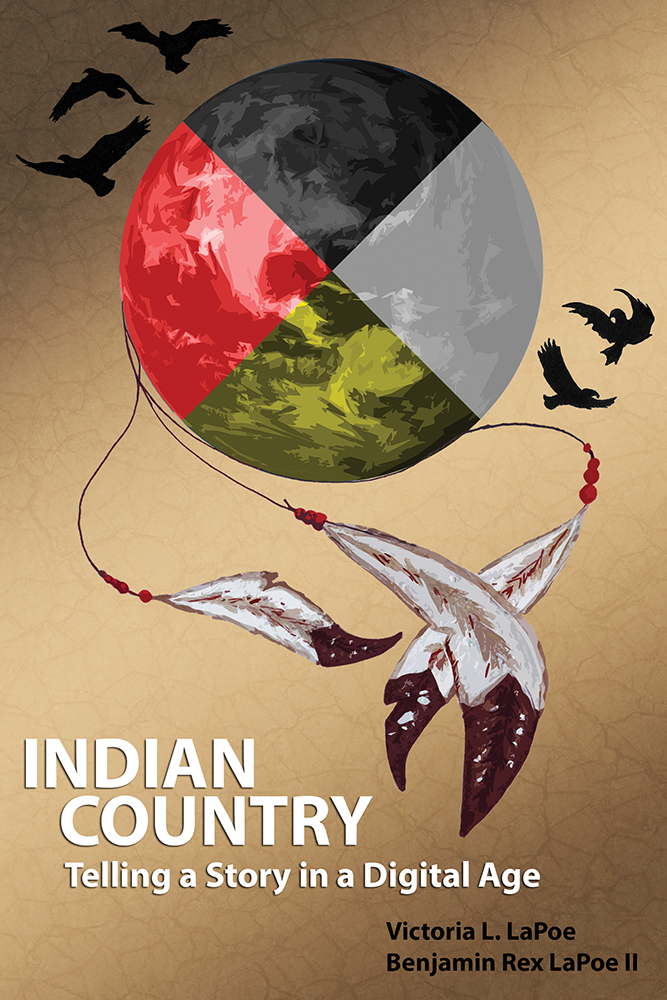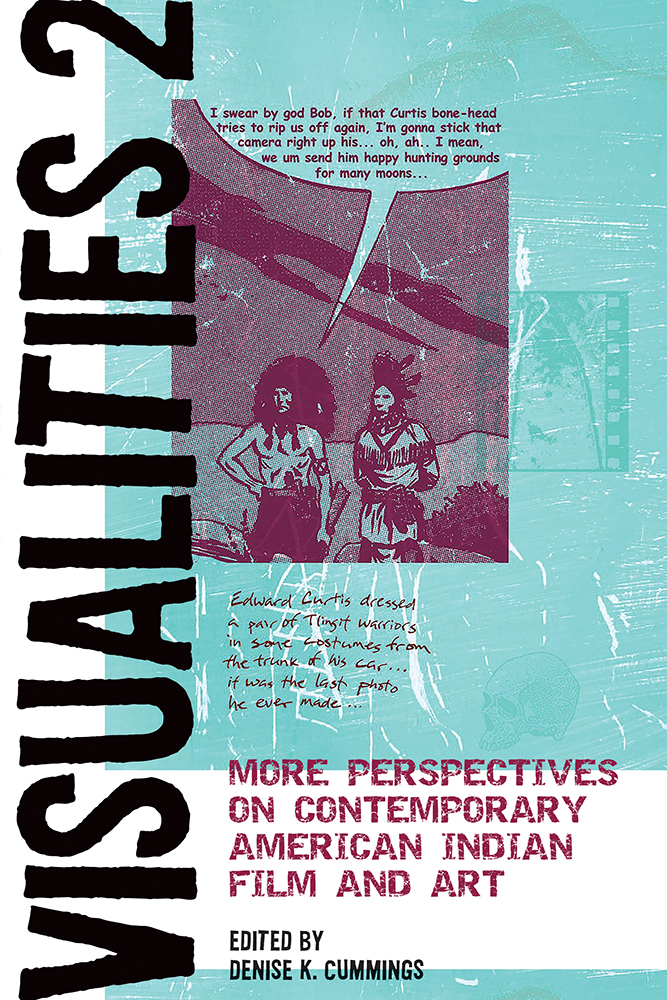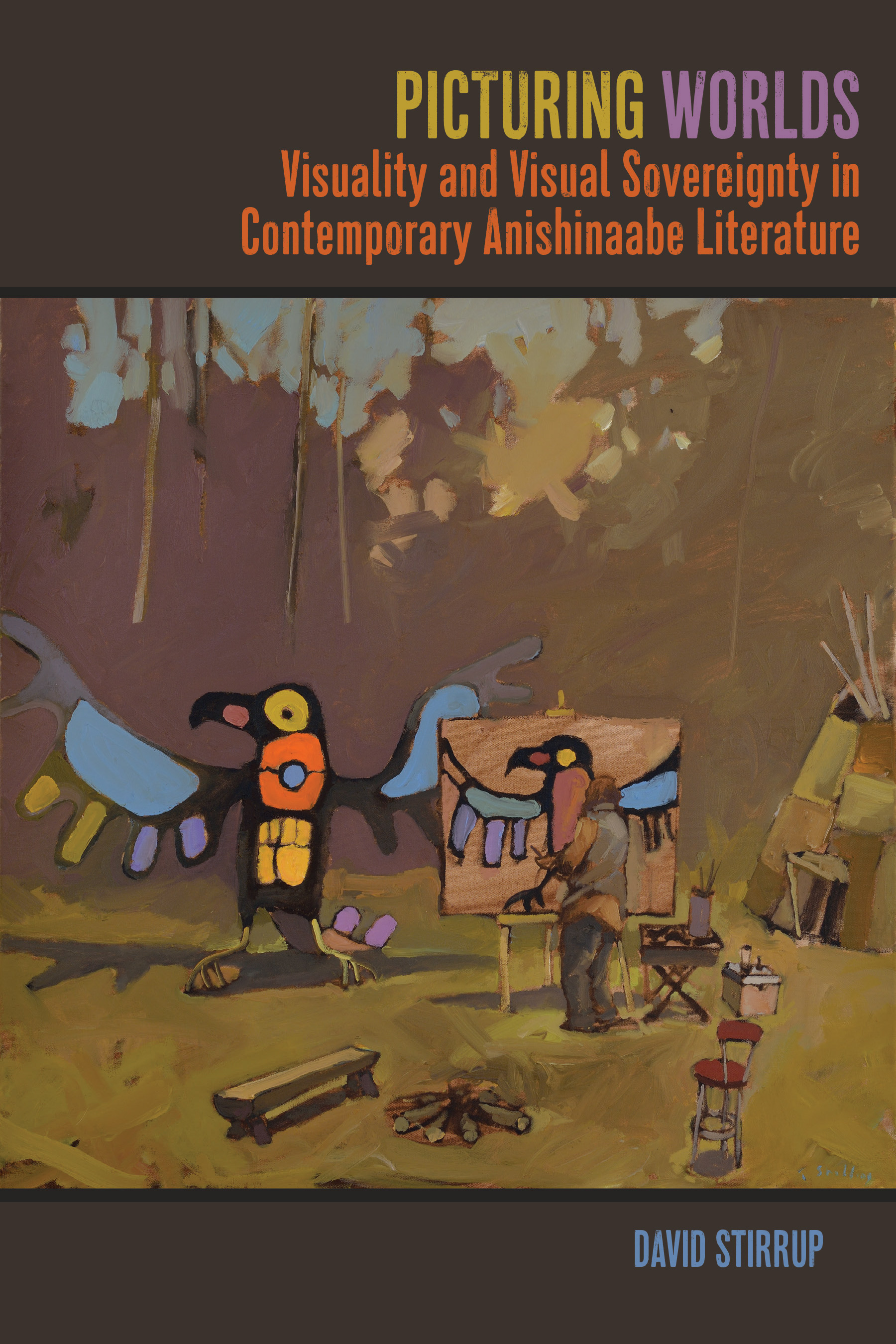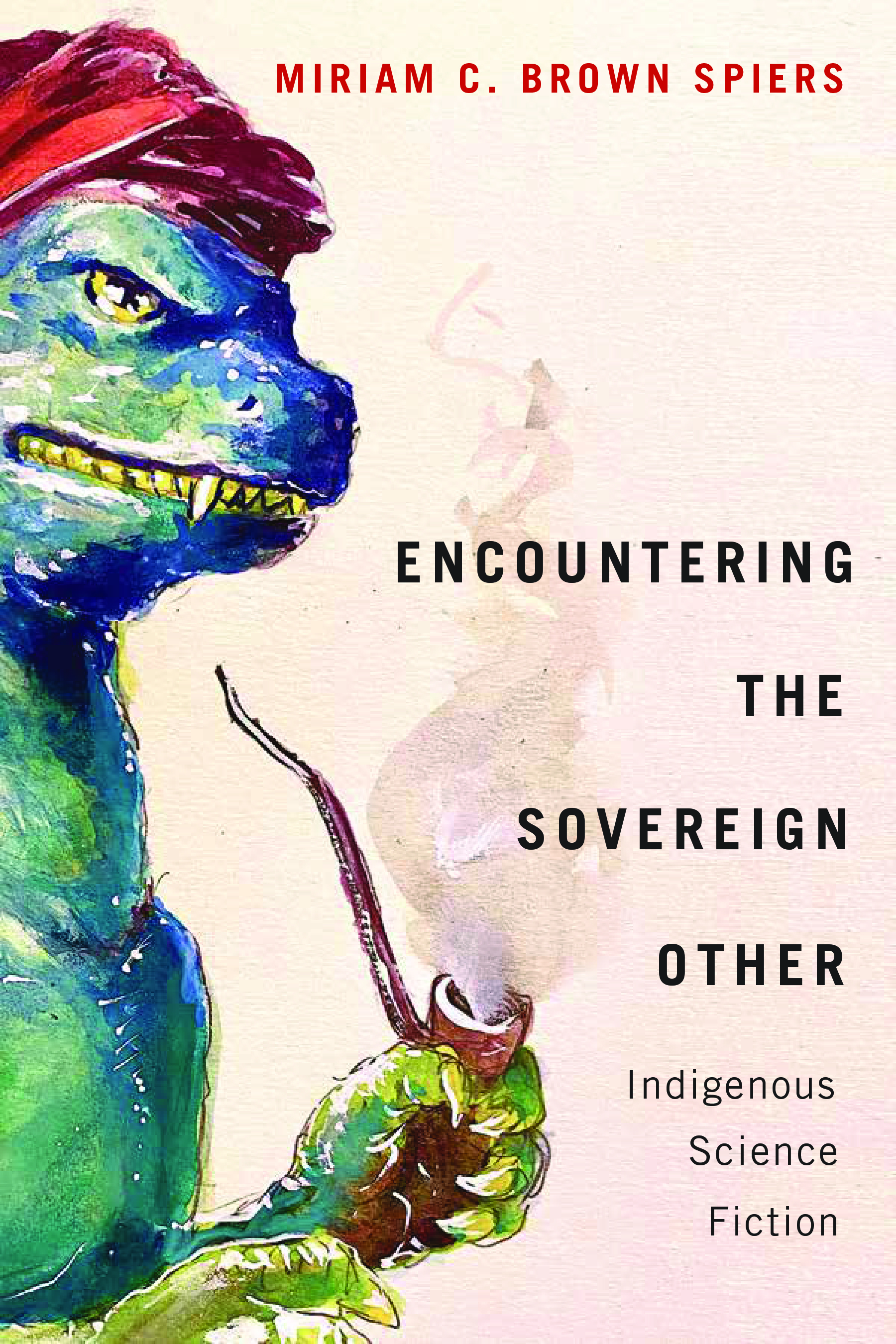


Books in series

Indian Summers
1998

To Be the Main Leaders of Our People
A History of Minnesota Ojibwe Politics, 1825-1898
1998

"We Are Not Savages"
Native Americans in Southern California and the Pala Reservation, 1840-1920
2001

Empty Beds
Indian Student Health at Sherman Institute, 1902-1922
2002

Ambiguous Justice
Native Americans and the Law in Southern California, 1848-1890
2006

The Indian Who Bombed Berlin
and Other Stories
2009

Facing the Future
The Indian Child Welfare Act at 30
2009

Ogimawkwe Mitigwaki (Queen of the Woods)
1899

Plain of Jars
and Other Stories
2011

Visualities
Perspectives on Contemporary American Indian Film and Art
2011

Document of Expectations
2011

Bawaajimo
A Dialect of Dreams in Anishinaabe Language and Literature
2014

That Guy Wolf Dancing
2014

The Murder of Joe White
Ojibwe Leadership and Colonialism in Wisconsin
2014

Mediating Indianness
2015

Those Who Belong
Identity, Family, Blood, and Citizenship among the White Earth Anishinaabeg
2015

Indian Country
Telling a Story in a Digital Age
2017

Gambling on Authenticity
Gaming, the Noble Savage, and the Not-So-New Indian
2017

Self-Determined Stories
The Indigenous Reinvention of Young Adult Literature
2012

Visualities 2
More Perspectives on Contemporary American Indian Film and Art
2019

Picturing Worlds
Visuality and Visual Sovereignty in Contemporary Anishinaabe Literature
2020

Famine Pots
The Choctaw-Irish Gift Exchange, 1847-present
2020

Encountering the Sovereign Other
Indigenous Science Fiction
2021
Authors
Margaret Noodin (previously Margeret Noori, born 1965) is an American poet and Anishinaabemowin language teacher. She is an Assistant Professor of English and American Studies at the University of Wisconsin–Milwaukee. (from Wikipedia)

Gansworth is an enrolled citizen of the Onondaga Nation; however, he grew up in the Tuscarora Nation as a descendant of one of two Onondaga women present among the Tuscarora at the foundation of the nation in the 18th century. Gansworth originally qualified in electroencephalography, considered a profession useful to his nation; however, he went on to study literature and to continue a lifelong interest in painting and drawing. Gansworth has written five novels, including the award-winning Mending Skins (2005) and Extra Indians (2010). In all his novels, illustrations form an integral part of the reading experience. His most recent novel, If I Ever Get out of Here is his first Young Adult novel, and deals with the 1975 friendship between two boys, one a resident of the Tuscarora Nation, the other living on the nearby Air Force base. In a starred review, Booklist stated that the book succeeded in "sidestepping stereotypes to offer two genuine characters navigating the unlikely intersection of two fully realized worlds." https://en.wikipedia.org/wiki/Eric\_Ga...